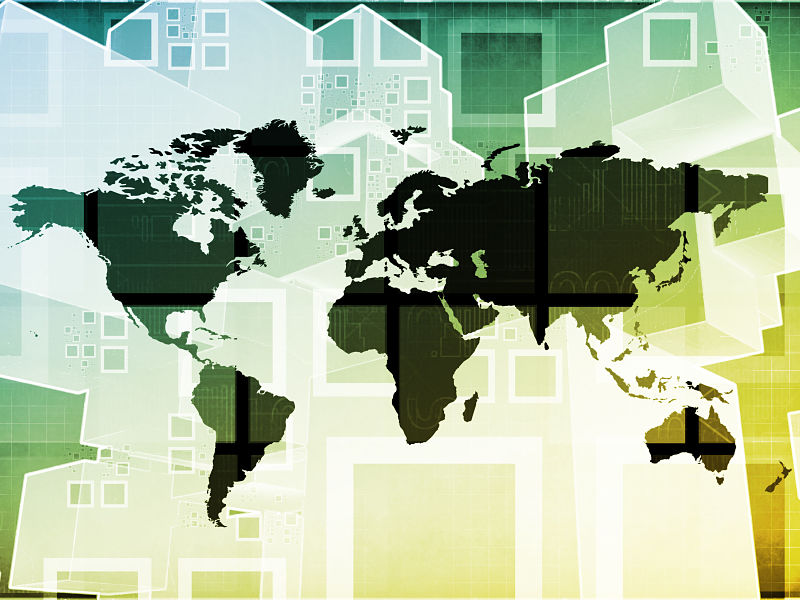
“The white response to climate change is literally suffocating to people of color. Climate anxiety can operate like white fragility, sucking up all the oxygen in the room and devoting resources toward appeasing the dominant group.” — Sarah Jaquette Ray, PhD and author of A Field Guide to Climate Anxiety
Climate change and its effects are not experienced uniformly. In the Global North, Black, Indigenous and people of colour (BIPOC) are disproportionately impacted by changing climatic conditions. BIPOC communities are more likely to live in the shadow of oil refineries and to get sick from contaminated water. It is not surprising, then, that a survey conducted by Yale University’s Program on Climate Change Communication found these communities are also the most concerned about climate change. So, why are BIPOC largely absent from climate conversations?
Let’s not stop there. The need to reassess how the climate agenda is established and who participates in it is necessary within the Global North and also from a North-South lens. A study from the University of Vienna found that 75% of the articles in 13 top ecology and conservation journals that contribute to climate policy and action were focused on climate impacts in five countries, all of which were in the Global North. This finding is noteworthy, considering that countries in the Global South experience harsher and more immediate impacts of the changing environment.
Indigenous people manage roughly 80% of the world’s biodiversity. The Bay of Bengal and its tributaries support approximately 700 million people across India, and every single day, three billion particles of microplastics enter the bay. Waters continue to rise in Bangladesh, creating unfavorable agricultural conditions impacting millions of livelihoods. Surely, insights from these people are also crucial to creating functioning climate solutions?
Over the more than 15 years that I have worked on issues stemming from changing climate conditions in Canada and Asia, I have witnessed that communities most affected by climate change are also the least likely to be invited to participate in discussions. These communities continue to face critical barriers to actively participating — including historical disenfranchisement.
Why is it crucial to have diverse perspectives and an inclusive approach to climate action?
Climate science is interdisciplinary, with the goal of understanding complex biophysical, economic and social forces contributing to climate challenges. Diverse insights and perspectives allow the climate community to effectively engage policymakers and the public, resulting in a more informed and influential movement. Diverse leadership and broad representation are essential to confront interconnected challenges.
A lack of diverse climate leadership has resulted in a lack of imagination on what we can achieve. Studies show that people with similar life experiences have a tendency to make decisions from similar perspectives, leading to overlooked opportunities. When BIPOC show up in leadership spaces where they have been excluded, their lived experiences provide different perspectives on climate impact. With more diversity, there is hope for a truly innovative climate agenda.
In Canada, climate conversations can no longer take place in a vacuum. Aisha Poitevien, a development officer at the David Suzuki Foundation, has dug into why the “Canadian environmental movement is so white,” stressing the importance of including a broad range of perspectives in Canada’s conversation on the climate crisis and moving away from prioritizing the perspectives of white activists.
The lack of diversity continues to fragment climate initiatives, slowing down innovation and action. As North America’s population becomes increasingly diverse, ensuring that the climate dialogue is inclusive is imperative and, in my opinion, the only way to “build back better.”
